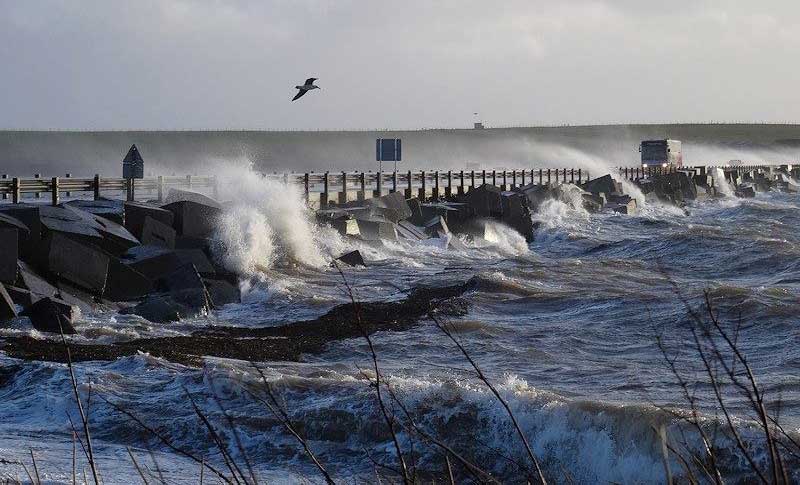PICTURE
GALLERY
Each
month, at least one special marine image will be published from images
sent to the BMLSS. This
can be of the seashore, undersea world or any
aspect of the marine natural world, especially the underwater life, but
not restricted to life beneath the waves. Topical inclusions may be included
instead of the most meritorious, and images will be limited to the NE Atlantic
Ocean and adjoining seas, marine and seashore species and land and seascapes.
Short-spined
Bullhead, Myoxocephalus
scorpius
Photographs
by Penny Martin
Snorkel
Orkney facebook
The
study above shows the typical appearance of the Short-spined
Bullhead and if you look carefully you can
note the shorter pre-opercula spine that gives the fish the first component
of its book name.
This
fish can be confused with the Long-spined
Bullhead, Taurulus
bubalis, illustrated below. The latter
fish has a longer pre-opercula spine, but in the field this difference
can be tricky to distinguish.
Long-spined
Bullhead, Taurulus
bubalis
Both
species of fish show a great range in colour which should be ignored for
identification purposes. The Long-spined Bullhead
is much more prevalent in the shallow seas all around the British Isles
and the Short-spined
is an inhabitant of deeper water in the English Channel, but is frequently
discovered in much shallower seas around Orkney.
The
must easily discernible identification feature are the quite lappets at
the corner of the large expansive mouth of Taurulus
bubalis only. Both species of fish have
huge mouths for swallowing their prey. The presence of the lappets always
indicate the smaller species the Long-spined,
but they can be hidden in photographs and the absence at first glance should
not be used as definitive for the Short-spined,
Myoxocephalus
scorpius, just a guide to look further. The spines
have to be looked at very carefully to distinguish the species. They are
not venomous, but stinging spines do occur in the true Scorpion
Fish,
Scorpaena
scrofa. Colloquial names are extremely
varied for both species. Bullhead
is the most commonly used in Britain but there are so many regional variations
that each port seems to have a different name.
The
new and recommended fish identification guide book goes
into great detail to identify the identification characteristics of each
fish, especially as seen by anglers and fishermen. An example of the pages
is shown above.
Click
on the images for the original photographs or links to more images
flickr
MARINE
LIFE of the NE Atlantic GALLERY
Shorewatch
Biological Recording
Gallery
---------------------------------------------------------------------------------------------------------------------------------------------------------------
Shore
Topography Series
The
name of the particular coast should be included and any other interesting
information including the grid reference, if known. Print photographs can
be included in Exhibitions and on the BMLSS Web
Sites and electronic publications.
Electronic
images in *.jpg
format can also be considered for the web site. They should not exceed
1 Mb in size.

Churchill
Barrier No. 1 (East Mainland to Lamb
Holm), Orkney
Photograph
by Luke
Richards
The
Churchill
Barriers are a series of four road causeways connecting Mainland,
Orkney, with two very small islands and the larger islands of Burray
and South Ronaldsay.
They were constructed in World War II to prevent German U-boats
entering the naval base at Scapa
Flow.
The
fixed barriers have changed the currents in Scapa Flow and altered the
tidal
flow to the North Sea. The pattern and distribution of marine life was
also changed. Blockships
also provide shelter for fish and attachments points of invertebrate animals.
Orkney
Nature Festival
Click
on the images for the original photographs or links to more images

flickr
British
Coastal Topography
facebook
British
Coastal Topography
----------------------------------------------------------------------------
First
enquiry by EMail
to Glaucus@hotmail.com

-----------------------------------------------------------------------
Photographers
submitting pictures should indicate if they wish them to be considered
for inclusion as confirming permission takes work and time and can delay
publication of the news bulletins.

Click
on the album for more links (On-line link)
|

